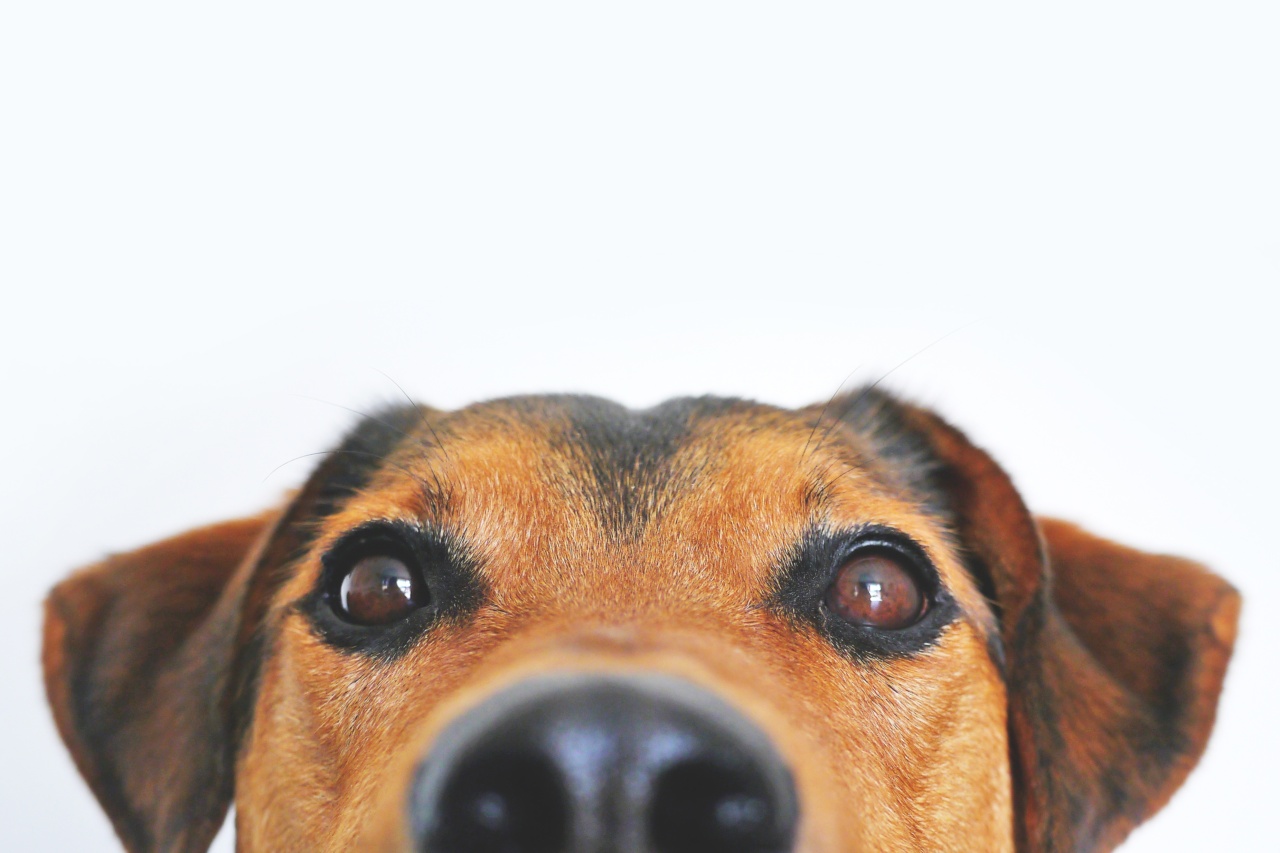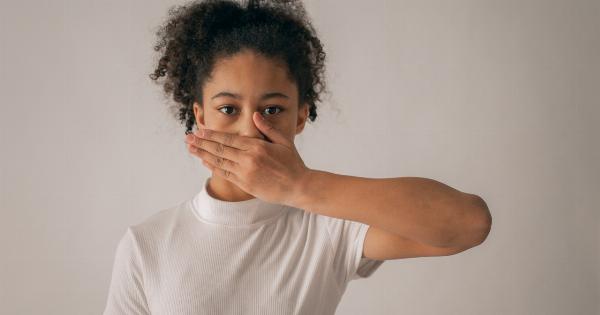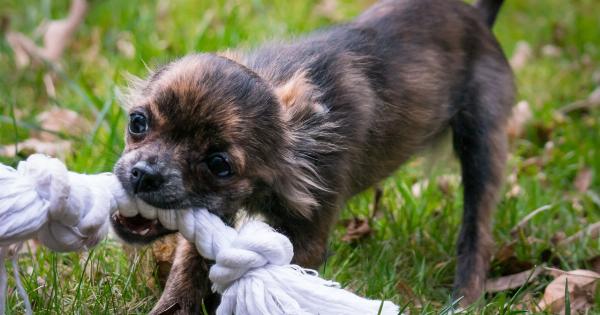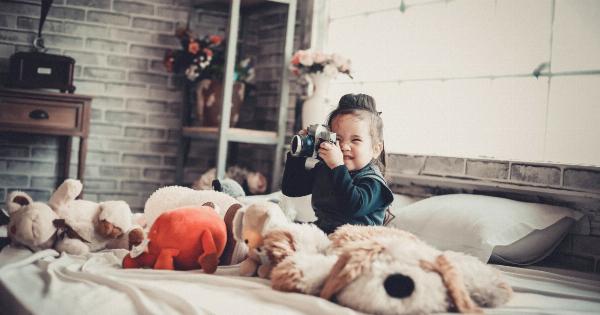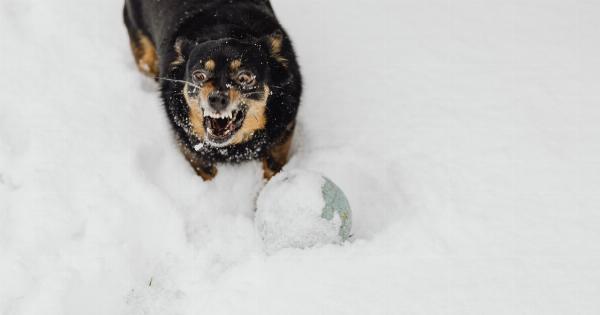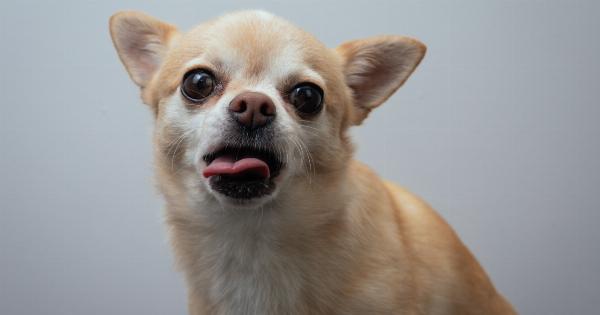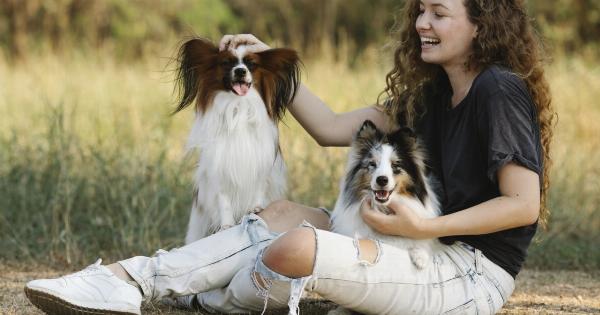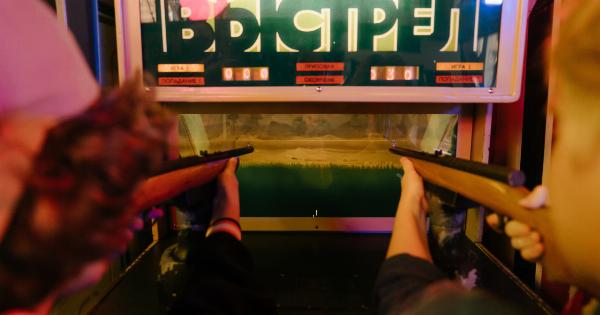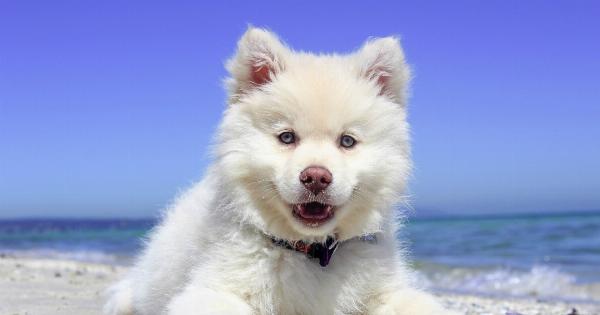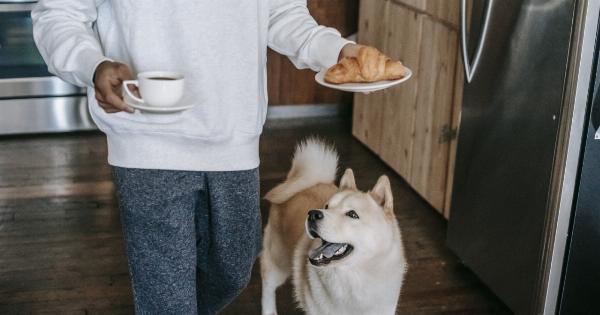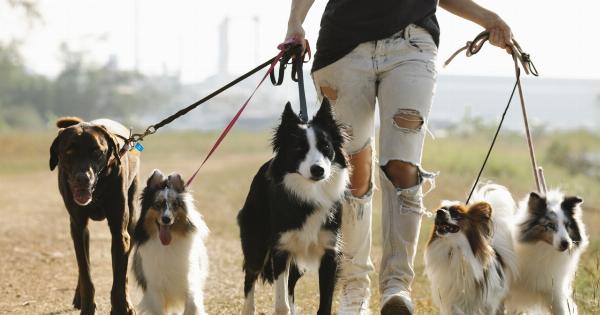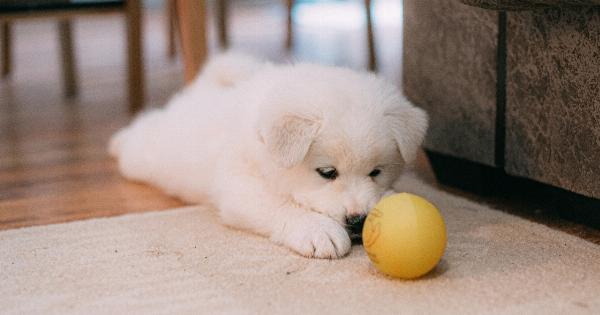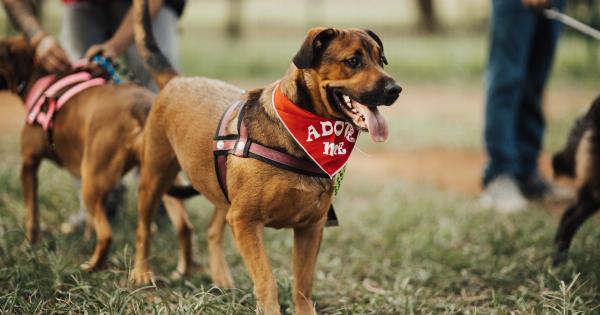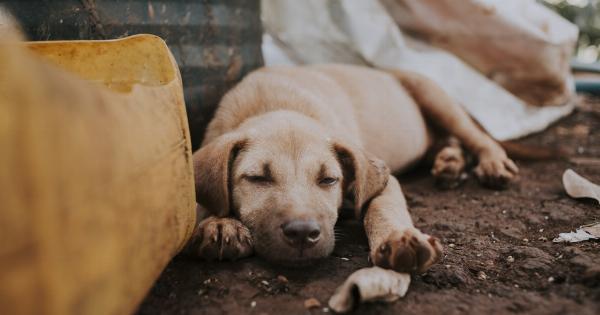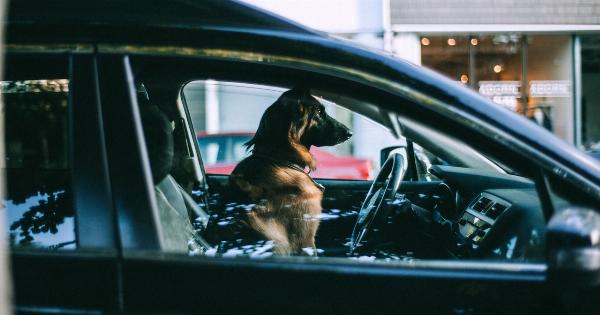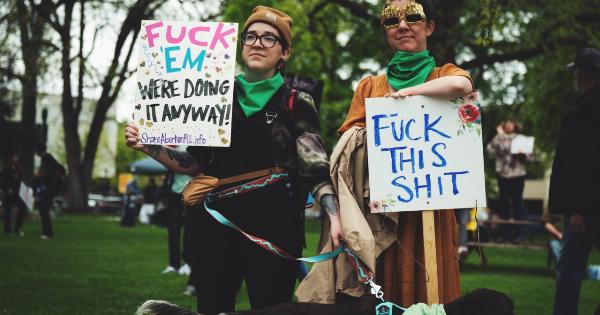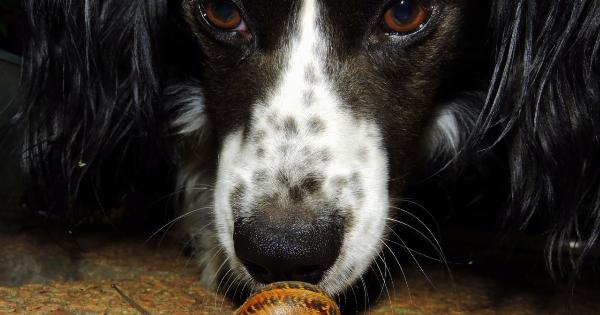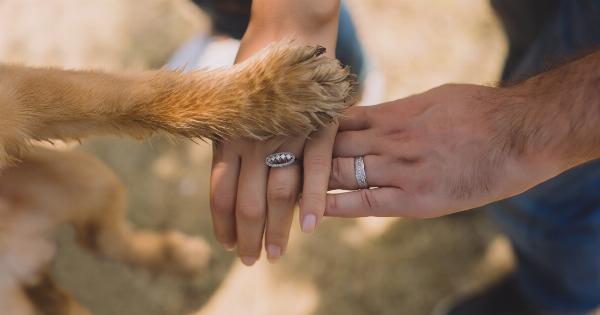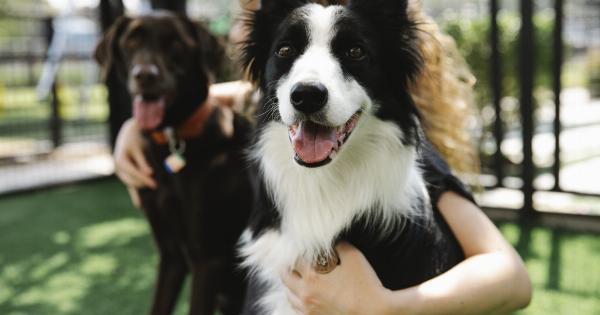Dogs are some of the most loved and adored pets in the world, and it’s not hard to see why. They are loyal, friendly, and incredibly cute. However, they are also very strange creatures at times.
Sometimes they do things that make us scratch our heads and wonder what is going on in that little doggy mind of theirs. One of the things that often puzzles us humans is the look of guilt in a dog’s eyes. Many of us believe that when a dog looks guilty, it means that they have done something wrong. However, recent research suggests that this is not necessarily true.
Guilt, or Not Guilt?
For years, people have assumed that a dog’s guilty look is a sign of remorse for doing something wrong. However, recent studies have suggested that the look we interpret as guilt is really just a response to the owner’s angry behavior.
According to researchers, when dogs are confronted with their owners’ angry reactions, they display submissive behaviors like cowering, turning their heads away, and avoiding eye contact. When the owner punishes the dog, the dog’s physical response to the punishment is often interpreted by the owner as a sign of guilt over the wrong-doing.
The Science Behind Canine Guilt
Lots of research has been done on canine behavior, including the guilty look. One of the most interesting studies on this subject was conducted in 2008 by Alexandra Horowitz, a professor of psychology at Barnard College.
In her study, Horowitz set up a scenario where dog owners told their dogs not to eat a treat that was left on a table. Horowitz then left the room and had a researcher secretly give the dogs the treats anyway. When the owners returned to the room, they were shown a video of their dogs’ reactions to being caught eating the treats.
Surprisingly, the dogs that had eaten the treats did not display any signs of guilt. In fact, the dogs that had not eaten the treats were just as likely to show the so-called “guilty” look as the dogs that had eaten the treats.
This led Horowitz to conclude that the guilty look was simply a response to the owner’s negative behavior and not a sign of actual guilt.
Why Does My Dog Look Guilty Then?
If the guilty look doesn’t mean that our dogs are actually guilty of wrong-doing, then why do they look like that in the first place? According to experts, the guilty look is simply a response to the owner’s behavior.
Dogs are very good at reading human body language and can quickly pick up on when their owner is upset. When the owner behaves in an angry or upset manner, the dog will display submissive behaviors, like cowering or avoiding eye contact.
These behaviors are often interpreted as a sign of guilt, even though they are actually just a response to the owner’s mood.
Understanding Your Dog’s Behaviors
As dog owners, it’s important that we understand our pets’ behaviors. While it’s easy to attribute human-like emotions to our dogs, the truth is that they don’t experience the same emotions that we do.
Understanding the reasons behind our dogs’ behaviors can help us create a better relationship with our pets and create a happier, more peaceful household.
So the next time your dog looks guilty, try not to jump to conclusions. Instead, take a moment to think about what might be causing your pet’s behavior.
Are you upset or angry about something? Is your pet simply reacting to your behavior? By understanding your dog’s behaviors, you can create a more harmonious household and enjoy a wonderful, life-long relationship with your furry best friend.
Conclusion
The guilty look in a dog’s eyes has been a puzzle to many pet owners for years. However, recent research has suggested that the guilty look is not a sign of actual guilt, but rather a response to the owner’s behavior.
Dogs are incredibly perceptive creatures and can quickly pick up on our moods and emotions. When we act upset or angry, our pets will often display submissive behaviors, which can be interpreted as a sign of guilt.
By understanding our dogs’ behaviors, we can create a happier, more peaceful household and enjoy a long and loving relationship with our furry best friends.
